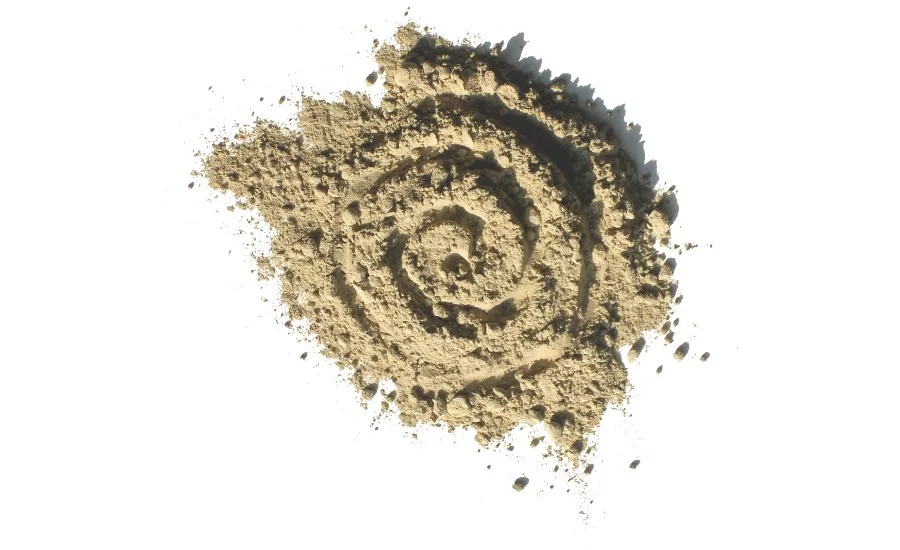The 1-2-3 Approach to Drilling Fluids
Gel Strength, Fluid Loss and Controlling Clay all Play a Role

Building a drilling fluid for the soil conditions of a specific project can be as simple as asking yourself a few important questions.
Source: CETCO Drilling Products
For 21 years, I have worked for a global company that mines bentonite clay and markets drilling fluids products, polymers and additives, grouts and sealants, and well rehabilitation products. While we serve many industries in addition to drilling, a good portion of my time involves teaching drilling fluids seminars. I give about 26 to 30 seminars a year.
While conducting these seminars, I tend to want to get out a lot of information within the allotted time. In doing so, the many technical details can sometimes drown out key, higher-level points. I want to take a look at those points. If someone asks for three key points to remember in working with drilling fluids, I tell them:
- Gel strength/suspension
- Fluid loss/filtration control
- Controlling reactive clays
Even as children, we learn that to make a hole in the ground, we must remove dirt. Gel strength refers to the ability of a drilling fluid to suspend and transport drill cuttings to the surface. On vertical drilling applications, such as water well drilling, a drilling fluid needs to keep drill cuttings in suspension during times an operator shuts off the circulating pump. Annular flow moves the opposite direction of gravitational forces so if we move the fluid faster than the solids can settle out of suspension, the cuttings move up and out of the drilled hole.
Horizontal directional drilling applications have much higher gel strength/suspension requirements. Because the flow runs perpendicular to gravitational forces, cuttings fall out of suspension much easier. Allowing cuttings to fall out of suspension leads to stuck pipe, excessive pressure build-up around the drill stem and project failure. Operators achieve that higher gel strength using one of two methods: increase the amount of bentonite (which also increases the viscosity/resistance of a fluid to flow and results in higher annular pressures), or use a gel-strength enhancing polymer like xanthan gum (a plant-derived biodegradable polymer) that minimizes viscosity increases.
Two things need to happen for a drilling fluid to keep a hole open in coarse, unconsolidated soil conditions like sand. First, the fluid must create an impermeable barrier between itself and the surrounding soil. In bentonite-based fluids, overlapping bentonite platelets create a filter cake, while polymer-based fluids create what we call a polymer gel membrane. Second, the fluid must apply positive hydrostatic head pressure to the surface of this barrier to stabilize the formation. If either of these two components fails, the hole will fall in.
As a first step in making sure a fluid can create that impermeable barrier/filter cake, I recommend pretreating mix water with soda ash. This neutralizes any calcium, allowing for the bentonite and/or polymer to function correctly. After that, drillers using a bentonite drilling fluid have two methods for enhancing the filtration control/fluid-loss of a drilling fluid. First, they can add more bentonite, which increases the viscosity/resistance to flow. Second, they can use a fluid-loss enhancing polymer. These polyanionic cellulose (PAC) polymers also come in low-viscosity formulas.
When it comes to drilling, the word “reactive” commonly describes clay, because when clay encounters a liquid, such as water or drilling fluid, it absorbs the water and begins to stick and swell. Deal with reactive clays using a synthetic polymer to encapsulate the clay with a polymer membrane and delay the clay’s hydration, or using a synthetic polymer to break down or disperse the clays. If one is not recycling the clays, either option works. However, when using a drilling fluid recycling system, breaking down or dispersing the clay will not allow the recycling system to remove that clay and the drilling fluid. It quickly becomes contaminated with native clay. A high-molecular synthetic polymer (one that creates high viscosities) has long polymer chains that can blind shaker screens on recycling systems. A short-chain/low-viscosity clay inhibitor/synthetic polymer is the proper choice when using recycling systems in reactive clay.
Whether drilling a vertical hole or a horizontal directional bore, chances are you will encounter a multitude of soil conditions, from coarse, unconsolidated soils (such as sand, rock or gravel) to fine soils (like reactive clays or silt). I consider the 1-2-3 approach the key to success:
- Make sure your drilling fluid has the gel/strength to suspend the largest/coarsest material you expect to drill through.
- Make sure your drilling fluid has the fluid-loss/filtration control capabilities to seal off the coarsest expected soil conditions.
- Make sure your drilling fluid can control any reactive clays encountered.
Implement the 1-2-3 approach yourself. Simply answer the questions:
- Will I have enough gel strength to transport and suspend the cuttings sizes I expect to encounter?
- Will my drilling fluid have enough filtration control to stabilize the hole and keep it open?
- Will the drilling fluid control the clays I expect to drill through?
All three points are equally important. They must be addressed to properly match the drilling fluids to the soil conditions and need to be done in a way that does not create excessive viscosity, which can lead to high annular pressures.
Looking for a reprint of this article?
From high-res PDFs to custom plaques, order your copy today!

